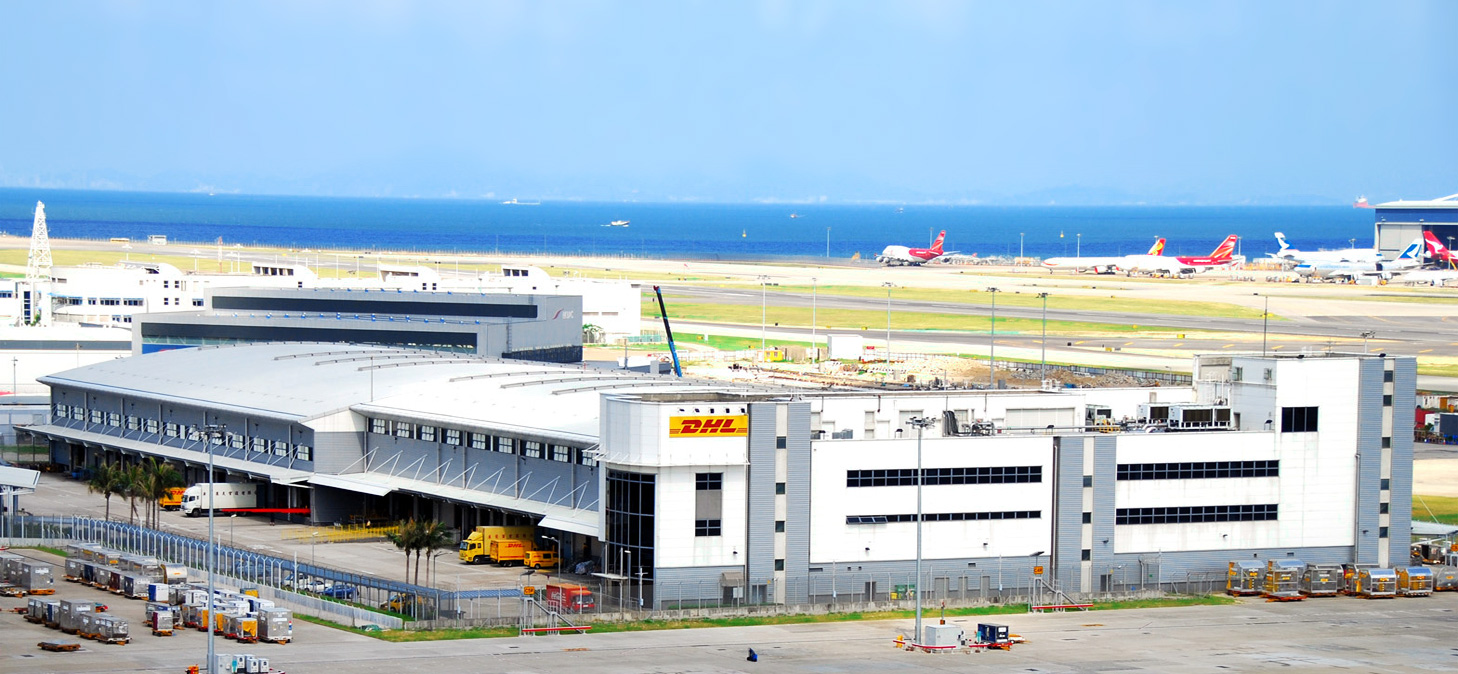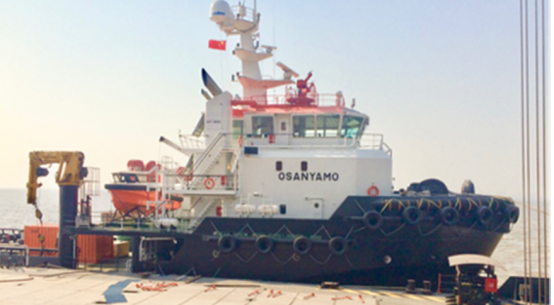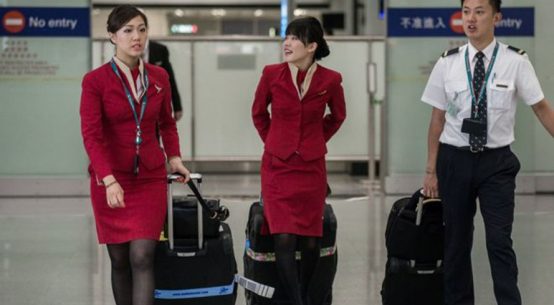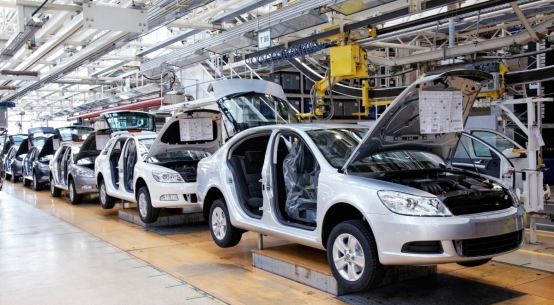DHL’s new Central Asia regional Hub for express cargo sorting and handling facility with a total area of 18,000 square metres.
With last week’s 11/11 e-commerce holiday just the latest in a series of broken records for e-commerce volumes, companies are re-evaluating the scope of China’s market and positioning themselves for continued growth.
Case in point: DHL Express announced a €335 million expansion of its Central Asia Hub (CAH) in Hong Kong, as the express shipper scales up in anticipation of a 50 percent increase in annual throughput at the facility.
Imagine your Ad placed here
The expansion takes place in partnership with the Hong Kong Airport Authority. Ken Allen, CEO of DHL Express, explained that the investment was necessary in order to meet the expected rise in international e-commerce and intra-Asian trade. “Based in a strategically important location to DHL, the expanded Central Asia Hub in Hong Kong will not only bolster our operational capacity in Asia Pacific but also facilitate the rapidly growing international trade demands in the region and around the world,” Allen said.
The CAH has recorded an average 12 percent, year-on-year, growth in volumes over the past decade, handling more than 40 percent of DHL Express’ total Asia Pacific shipment volumes.
The expanded CAH will be equipped with an enhanced material handling system that DHL says will improve productivity and increase the hub’s throughput capacity – from the current 75,000 pieces of shipments per hour to 125,000 pieces per hour. The expansion also grows warehouse space by approximately 50 percent, to a total of 47,000 square meters.
Follow us on TWITTER for more Logistics News Follow us on FACEBOOK for more Logistics News
At its full capacity, the annual throughput of the expanded CAH is expected to reach 1.06 million tonnes per annum – or six times the volume recorded when the facility was established in 2004.
Ken Lee, CEO of DHL Express Asia Pacific, added that the expansion would help DHL capitalize on the growth in intra-Asian trade, which accounts for 40 percent of the company’s revenue in the Asia-Pacific region.
The expanded facility is expected to begin operations in Q1 2022.









